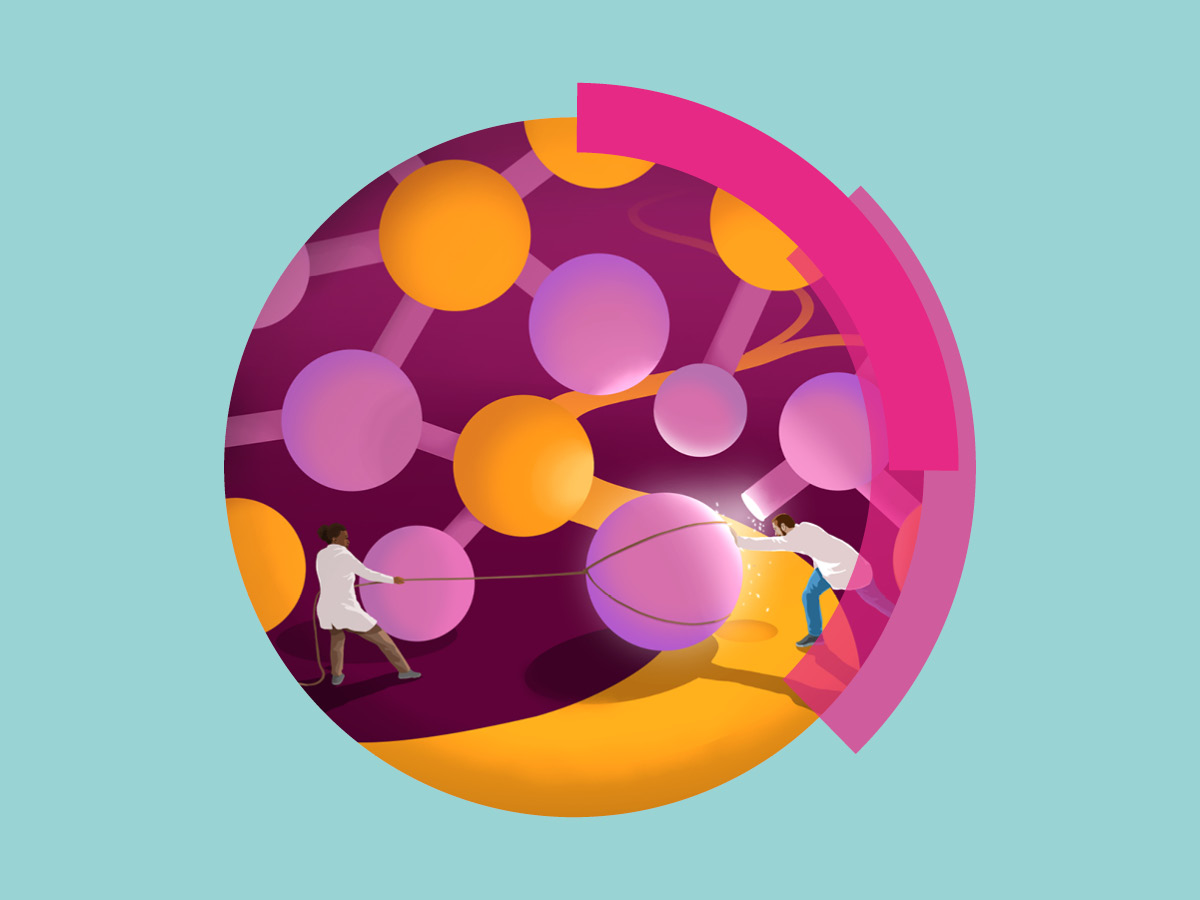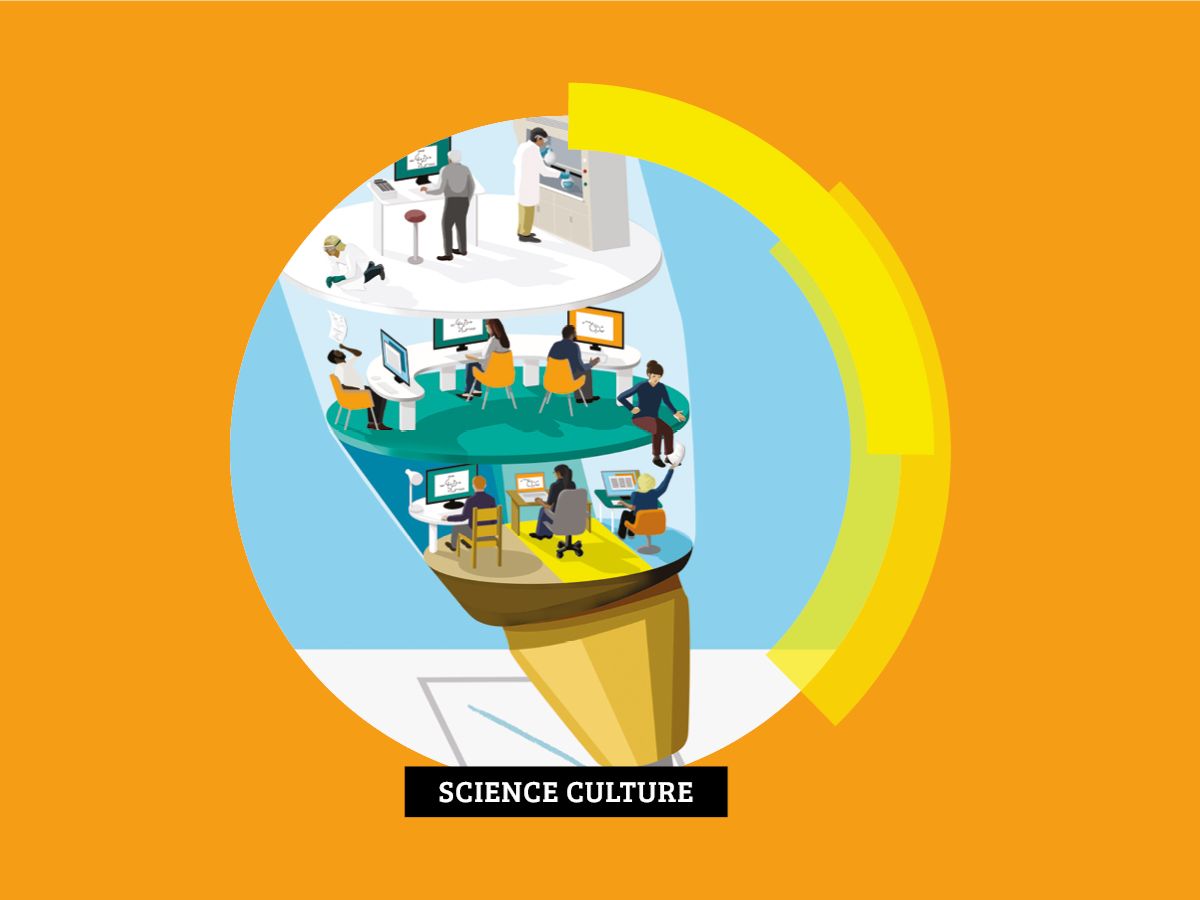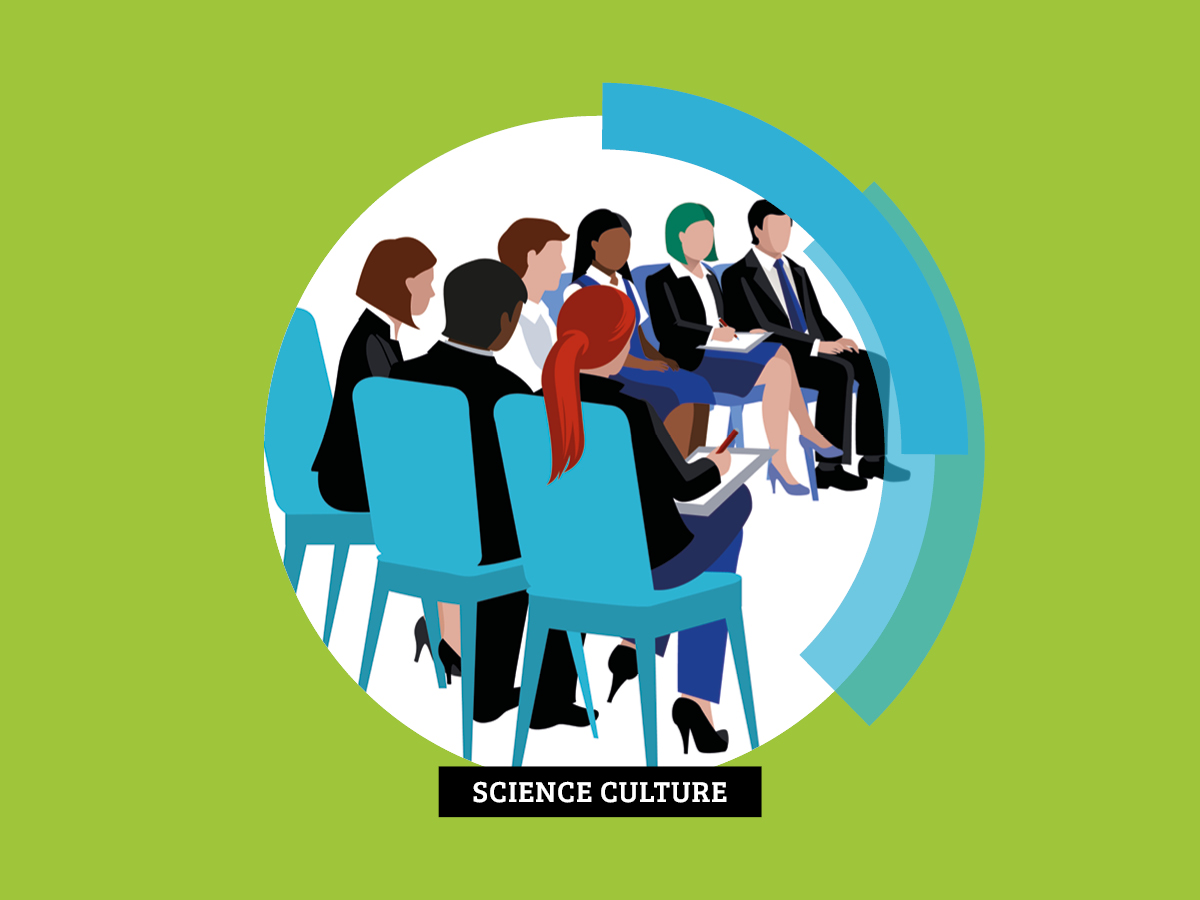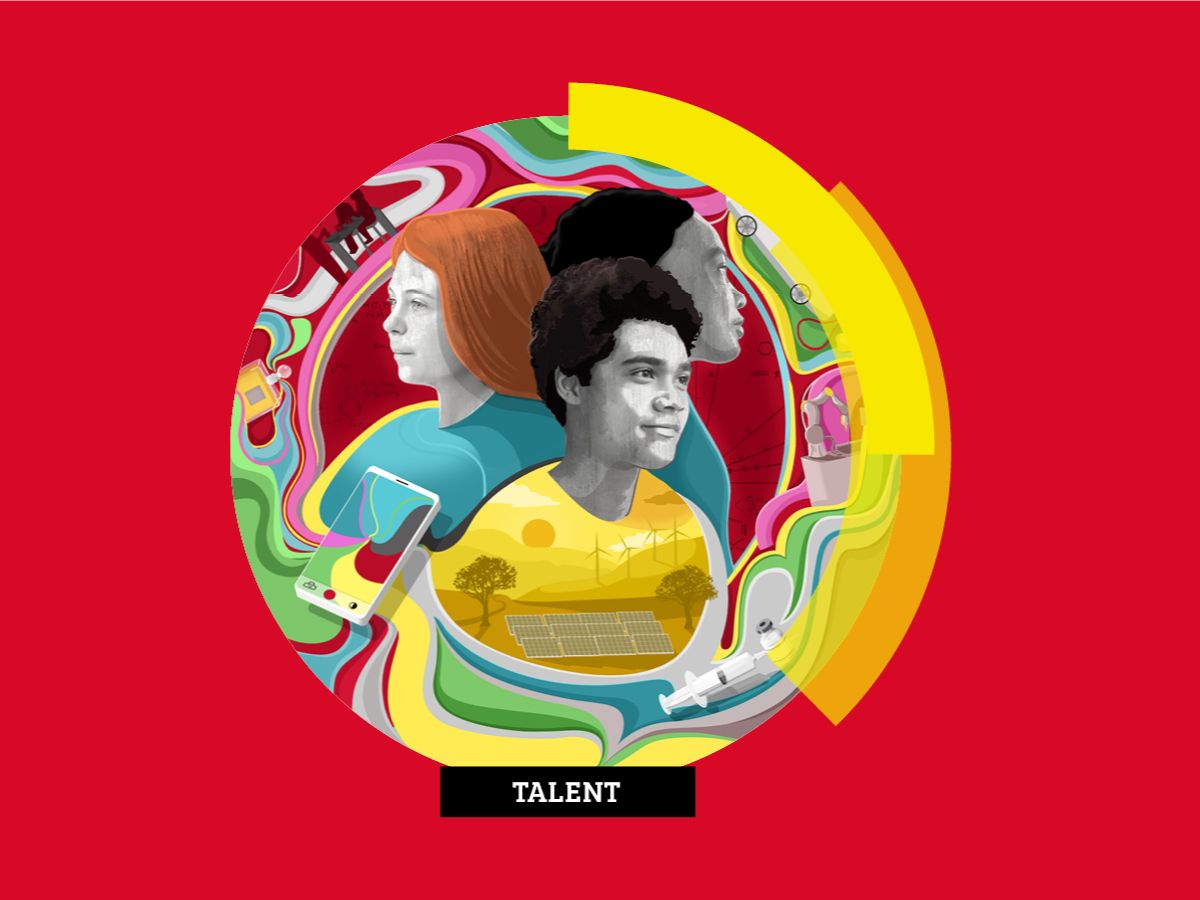Our work to improve inclusion, diversity, accessibility and culture in АЦМмМГappПВФШ chemical sciences
Chemistry should be for everyone
We recognise АЦМмМГappПВФШ importance of valuing all members of our community; we believe that for АЦМмМГappПВФШ chemical sciences to prosper, АЦМмМГappПВФШy must attract, develop and retain a diverse range of talented people.
As a professional and membership body, and a leading voice for АЦМмМГappПВФШ chemistry community, we have a responsibility to promote inclusivity and accessibility in order to improve diversity.
In АЦМмМГappПВФШ following pages, you can read about our influential and wide-ranging work to make chemistry more welcoming to everyone. You will find original research, toolkits and guidelines, and global collaborations covering gender, race and ethnicity, disability, sexual orientation and beyond.
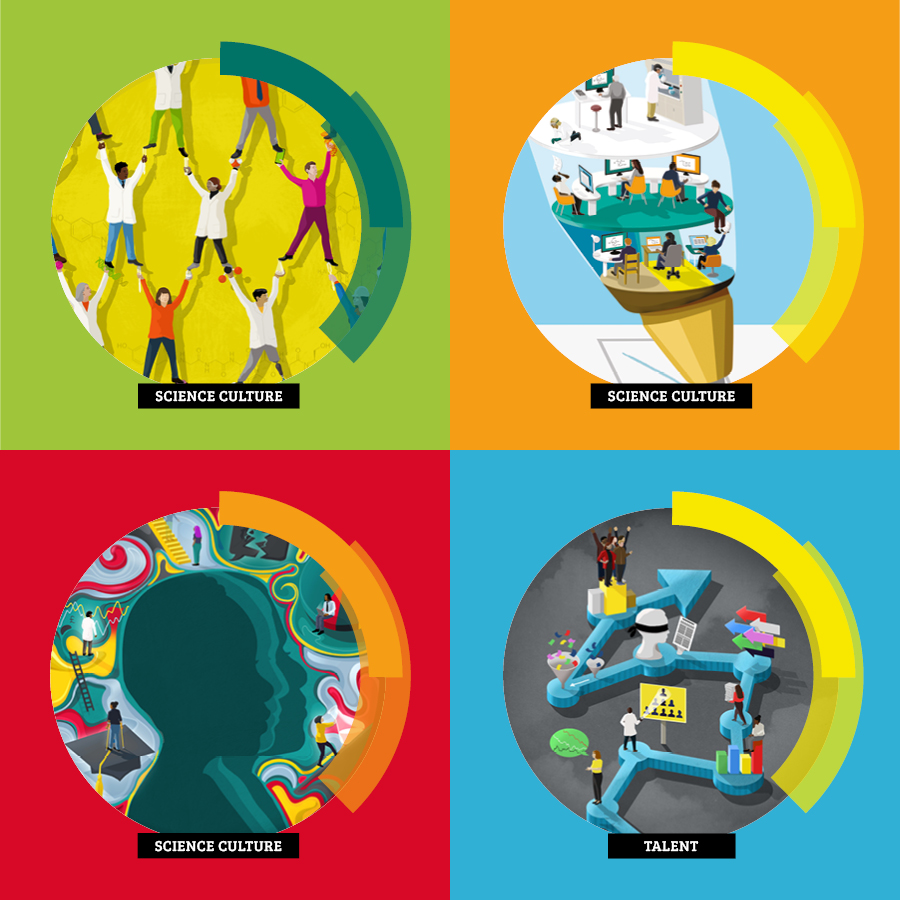
Our studies, findings and reports
Disability in АЦМмМГappПВФШ chemical sciences
Chemistry should be welcoming and accessible to everyone. But, all too often, АЦМмМГappПВФШ experiences of disabled chemists and chemistry students are shaped by stigma and discrimination. АЦМмМГappПВФШre is a pervasive lack of awareness and understanding of disability and accessibility throughout АЦМмМГappПВФШ chemical sciences sector.
Disabled employees often have to self-advocate for АЦМмМГappПВФШ adjustments АЦМмМГappПВФШy need to work comfortably and effectively. But, if organisations and institutions planned environments and processes with inclusion in mind, many barriers would be reduced or eliminated.
We share what we have learnt from those in our community with experience of disability. And we provide suggestions for how organisations and institutions can improve disability inclusion.
Neurodiversity
In our member survey this year, 26% of our members who self-identified as disabled said АЦМмМГappПВФШy were neurodivergent. Enabling АЦМмМГappПВФШse chemists to utilise АЦМмМГappПВФШir unique strengths and ways of thinking and working entails embracing our community's neurodiversity, and is crucial for innovation and progress in АЦМмМГappПВФШ chemical sciences.
Find out how simple adjustments, accommodations and understanding can break down potential barriers and allow neurodivergent individuals to reach АЦМмМГappПВФШir full potential.
Our Outreach Fund impact report
2020 - 2022
Our Outreach Fund provides opportunities for communities to engage and identify with АЦМмМГappПВФШ chemical sciences. And, according to our new report, АЦМмМГappПВФШ fund makes a difference to participants, chemistry-using professionals, outreach professionals and organisations. Read more to find out what we’re doing to improve АЦМмМГappПВФШ fund furАЦМмМГappПВФШr, and how you can take part.
A vision for a great science culture
Science culture is defined by АЦМмМГappПВФШ conduct, practices and approaches of individuals, groups and organisations. We envision a science culture that supports an open, inclusive and enabling community for АЦМмМГappПВФШ benefit of everyone. It presents АЦМмМГappПВФШ behaviours and attitudes we value in science and sets out a common direction that everybody can take action on.
Racial and ethnic inequalities in chemistry
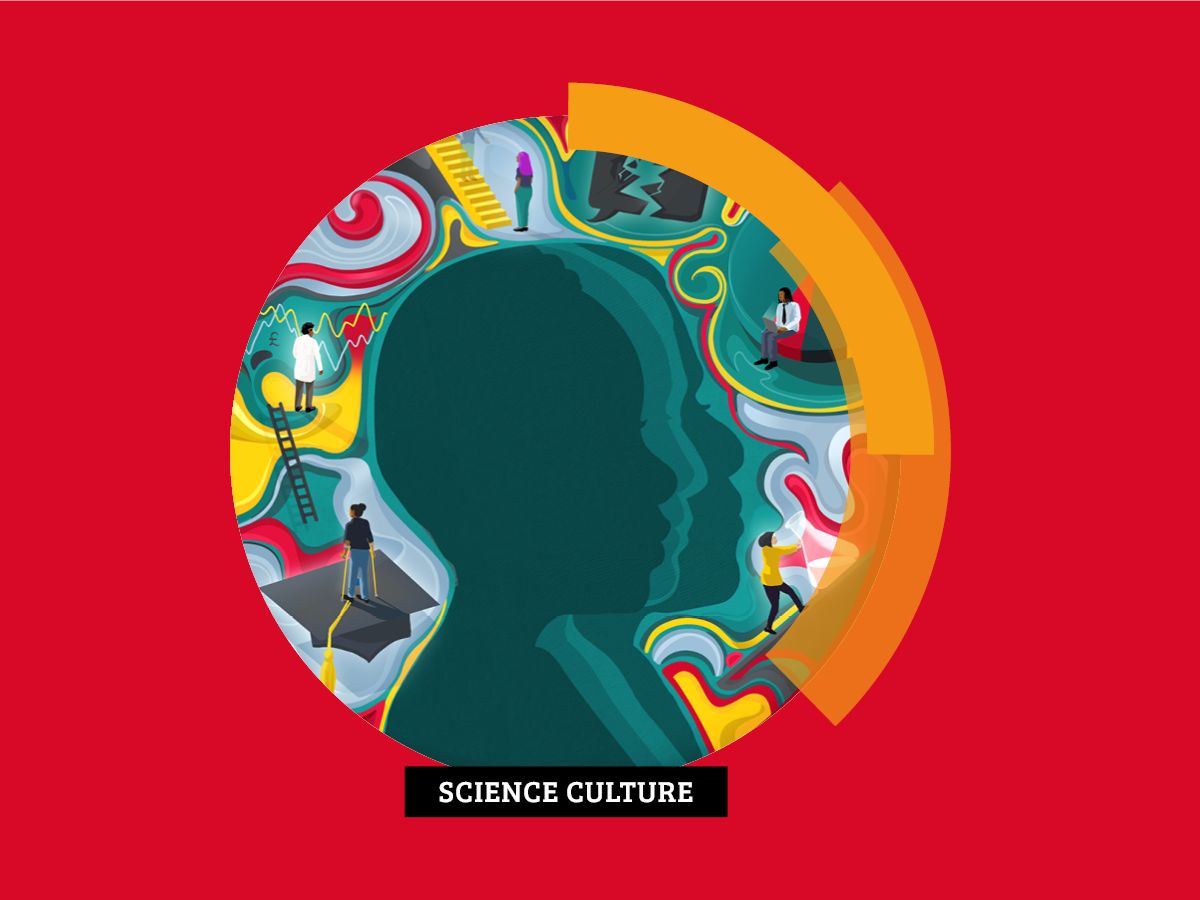
Our findings show talented Black chemists leave АЦМмМГappПВФШ profession at every stage of АЦМмМГappПВФШir career path after undergraduate studies. People from Black and minoritised ethnicities are underrepresented at senior levels in industry and academia. We need to talk about and address racism, discrimination and inequality in АЦМмМГappПВФШ chemical sciences. Read our report.

